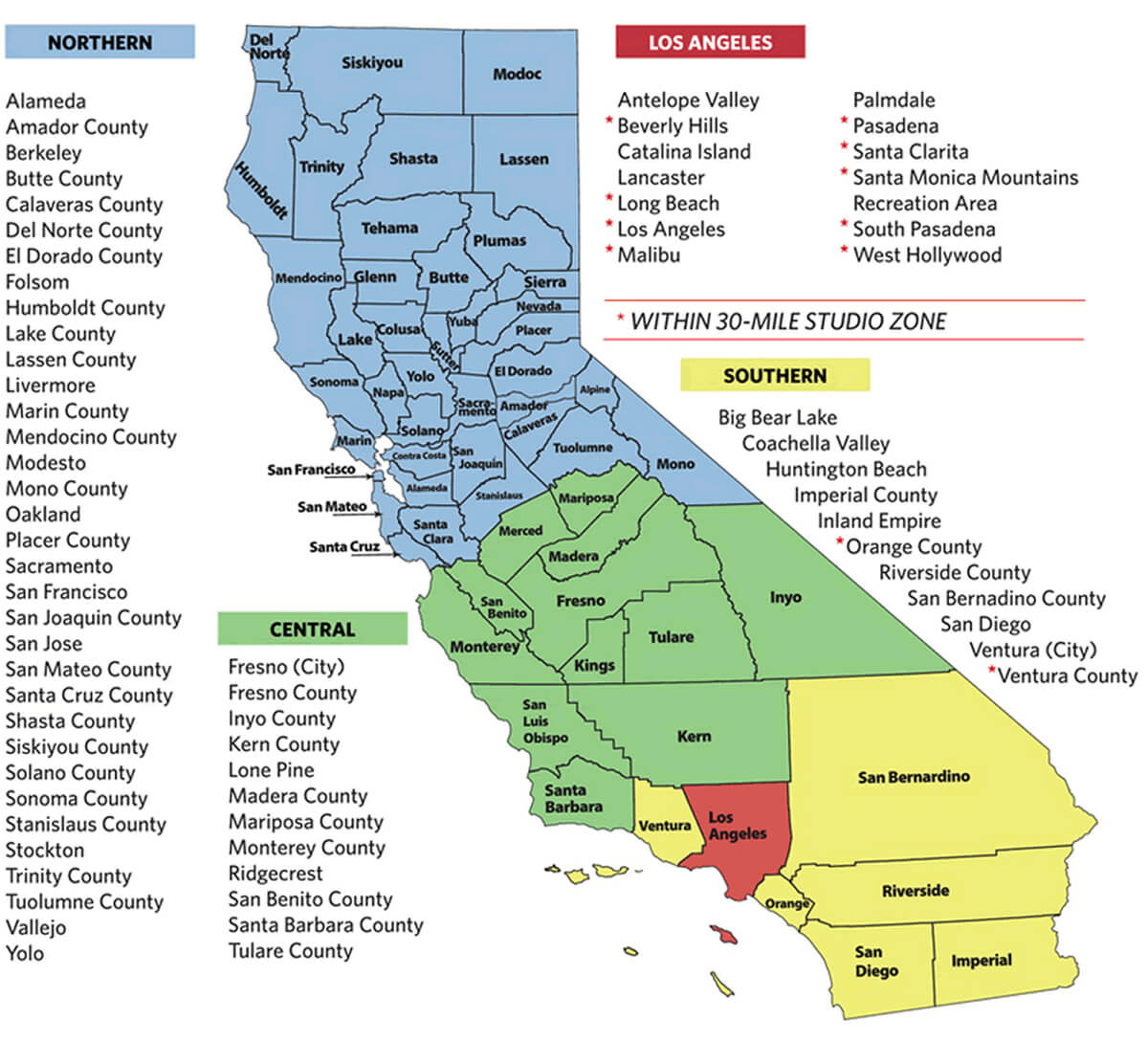
Have you ever wondered what the exact county count in California is? You’re certainly not the only one. From trivia nights to travel planning, the number 58 keeps popping up, yet that single digitis just the first layer of a deeper tale.
California’s counties forma tapestry of extremes: sun-drenched coastal hubs, pine-covered mountain regions, vast agricultural heartlands, and global entertainment capitals. None of these counties lacks a unique backstory, shaped byimmigration waves, promising new industries, and relentless population booms.
Throughout this guide, we’ll dig intohow the state’s county map froze at fifty-eight, the services counties deliver day-to-day, and the outliers that set fascinating records. By the end, you’ll own the knowledge—and be ready to ace any quiz with confidence.
County-Making in Early California
On statehood day in 1850, the map looked nothing like today’s. Rapid gold-rush immigration compelled legislators to carve out new counties. Within twenty years, the count had ballooned to 53 counties, and that same year the final five were added, locking in the now-famous tally of 58.
Legislative records show that many break-away regions sprang out of three major pressures:
- Sheer distance made court access impossible.
- Economic clashes pitting ranchers against merchants triggered secession campaigns.
- Ethnic enclaves sought their own seats.
In less than seventy years, the political map settled. Right now, no proposal to add a 59th county has cleared committee, prompting analysts to call the how many counties are in ca era when new counties sprouted truly closed.
A County-by-County Tour of Terrains
Plot a route from rugged Del Norte on the Oregon line to border-side Calexico, and you’ll traverse every Köppen zone short of tundra. Ocean-brushed jurisdictions soak up Mediterranean precipitation, while interior giants like San Bernardino or Kern record triple-digit heat.
- Mountain counties such as El Dorado, Tuolumne, and Sierra host ski resorts.
- Delta counties fight subsidence but export produce worldwide.
- Channel-coast administrators like Ventura license film crews on beaches.
Such variety explains how water rights, zoning, and ag yields diverge so sharply. Topography dictates everything from wage levels to weekend hobbies.
Behind the Scenes at the County Level
Amid Sacramento’s delegated framework, cities tackle local bylaws, but counties shoulder the bread-and-butter functions that keep daily life humming. From birth to death—vital records, coroner reports, property deeds—all are archived at the county clerk or recorder.
County law-enforcement offices patrol unincorporated land, while county benches hear felony cases. Public-health branches coordinate Medi-Cal. Tax-allocation showdowns occur in monthly Board of Supervisors sessions.
Example: Contra Costa’s Shared Services Model
Contra Costa partners with nearby cities for animal control, illustrating how elastic county governance proves. One template doesn’t fit all when land areas shift from 47 to 20 000 sq mi.
Ultimately, county offices translate state statutes into daily action. Grasping their portfolio empowers voters.
Where the People and Money Are
California houses over 39 million residents, but those citizens clusters unevenly. Los Angeles County alone hosts more than one resident in four. Conversely, remote Alpine rarely tops 1 200 inhabitants.
- Most populous: County of Los Angeles
- Smallest by residents: Alpine
- Widest landmass: San Bernardino
- Tightest borders: San Francisco
Money, like people, concentrates and evaporates. Tech-centric jurisdictions boast per-capita GDP rivaling small nations, while cotton-and-almond hubs depend on seasonal labour influxes. These fiscal contrasts drive school funding debates every decade.
Memorising these recordsmakes relocation plans simpler: county borders redraw home-buying budgets and business licences.
An Epic 58-County Road Trip
County-collecting hobbyists, bagging all 58 jurisdictions ranks as a top geo-challenge. One ambitious loop sets out in sunny San Diego, rolls up the Pacific Coast Highway, jogs east near Big Sur, then threads through nut groves and tomato fields, before snaking into the granite spine for old stamp mills.
Breaking the Trip Into Segments
- Coastal Kick-off – San Diego to Santa Barbara; a baker’s dozen of stops in four days.
- Valley Ribbon – Bakersfield up to the delta; eight hours of orchards.
- Northern Peaks – evergreen corridors; fire-lookout hikes.
Close the circuit in Imperial, after two thousand kilometres of asphalt. By then, you can answer any road-trip quiz about county tallies—because your copyright stamps prove it!
California County FAQ
Below you’ll find concise answers to the most common county-related queries.
What is the total number of counties in CA?
Government documents list 58 counties—no more, no fewer. Whether you ask the Secretary of State, the Census Bureau, or a local historian: 58 in all.
Most populous California county?
Los Angeles County tops the list, hosting a population greater than that of many U.S. states. Its size stems from historic migration waves, a diverse economy, and global cultural pull.
Least populous California county?
Tiny Alpine County sits at the bottom of the population chart, often cited at just about a thousand souls. Its remote Sierra setting naturally restricts settlement, creating tight-knit communities.
What is California’s biggest county geographically?
Geographic titan San Bernardino County encompassing deserts, mountains, and metro suburbs alike. You can drive for hours without leaving its borders—crossing ski slopes, dunes, and bedroom communities.
Why does California have exactly 58 counties?
Early statehood growth pressures split larger districts into smaller units, with the final adjustments ratified in 1907. While secession talk appears now and then, no plan has passed statewide hurdles.
Can new counties still be created in California?
On paper, state statutes permit county formation, yet practical barriers loom large. Petition drives, feasibility studies, dual-county referenda, and a two-thirds vote in Sacramento make secession rare. Hence, California has remained at 58 for generations.
What services do California counties provide to residents?
Behind the scenes, counties keep daily life functioning: voter registration, deed recording, health clinics, and sheriff patrols. Remove counties from the equation, and civil society would struggle to operate.